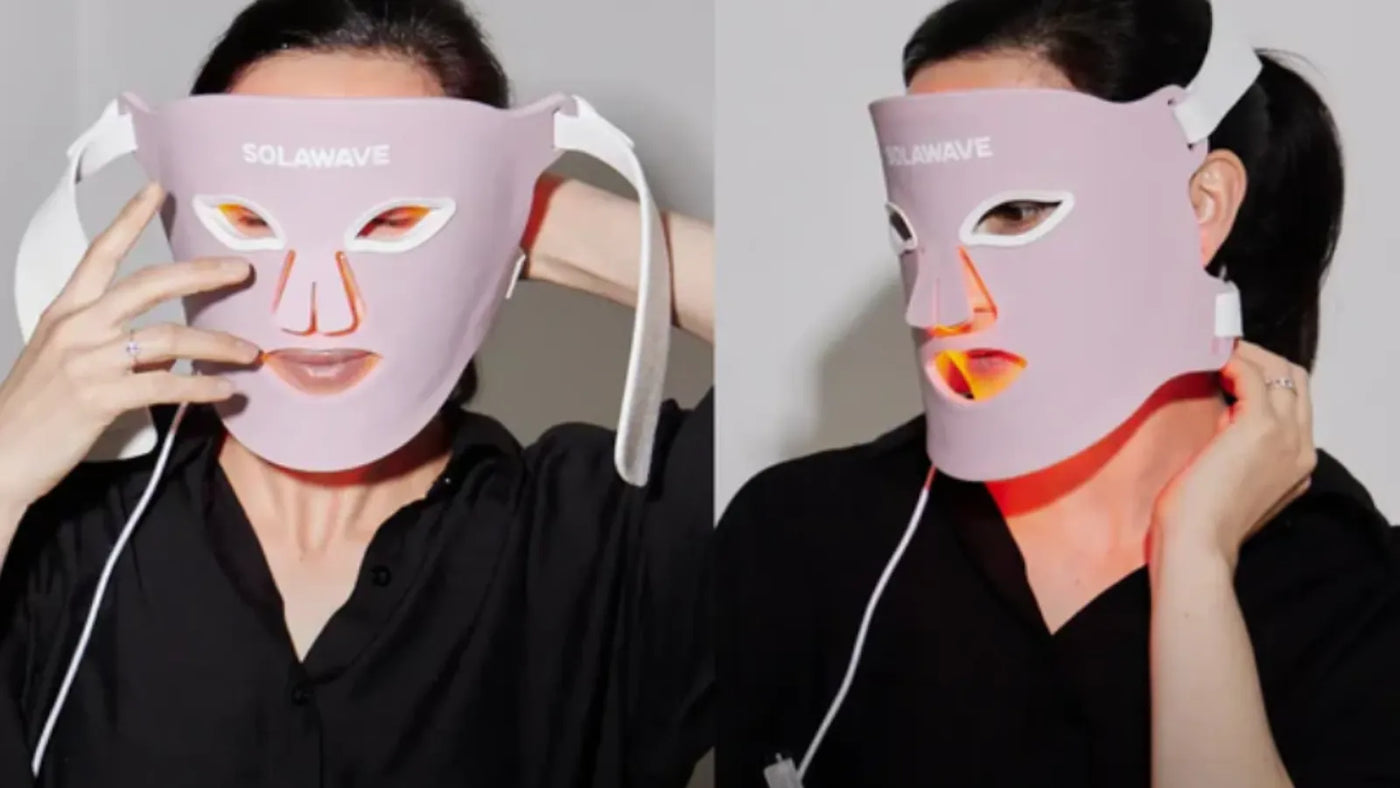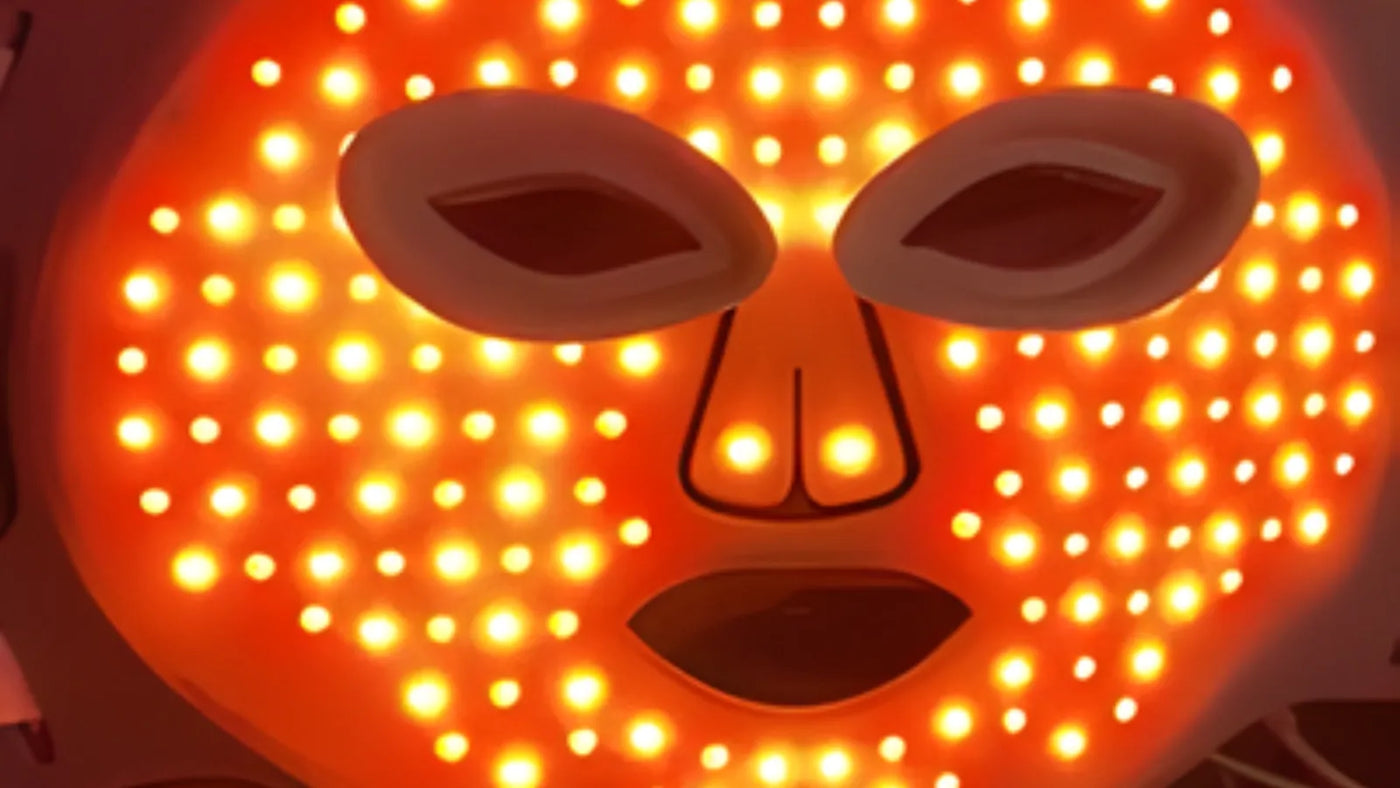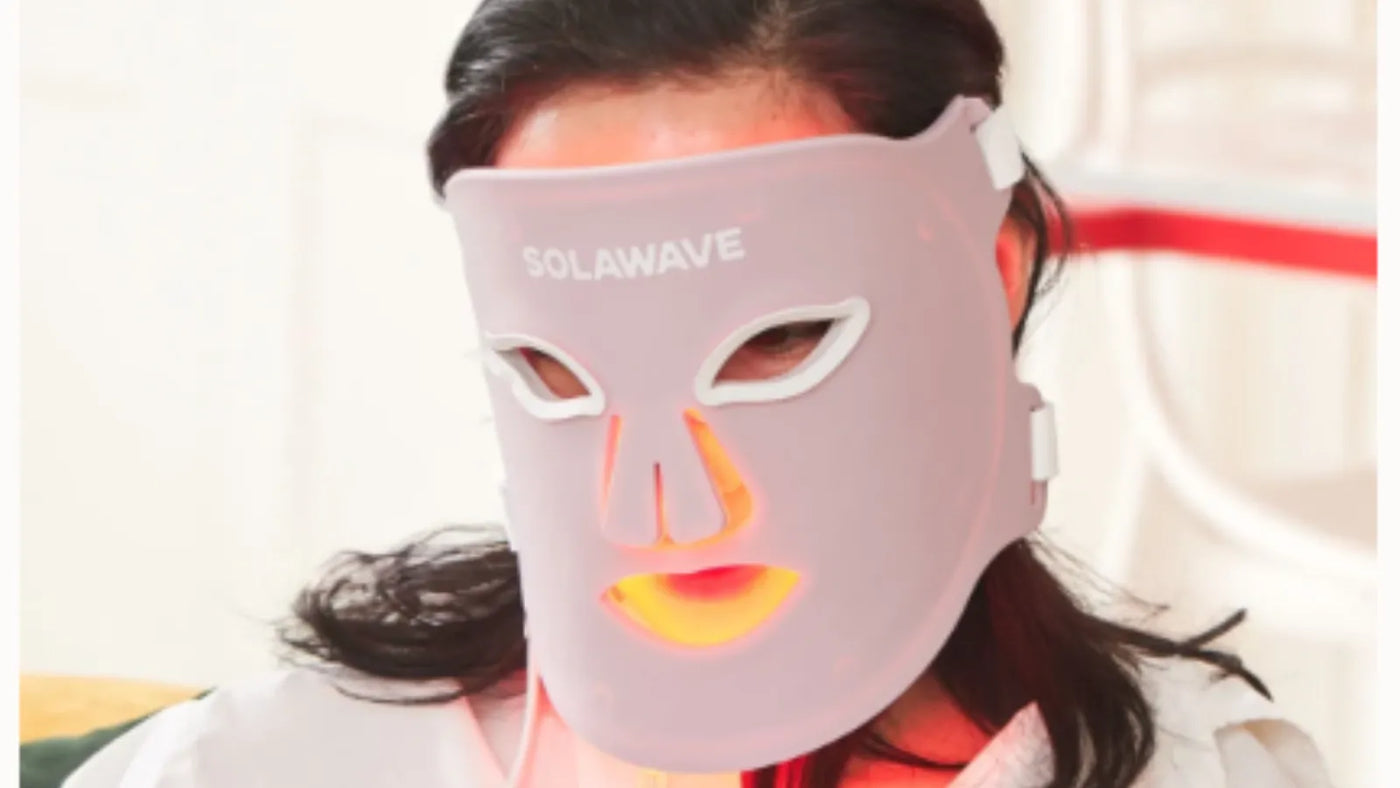

What Is Hormonal Acne? What You Should Know
Dealing with persistent pimples that won’t improve, even with meticulous skincare routines, can be incredibly frustrating. Oftentimes, the culprit is hormonal changes going on inside your body. If you’ve ever wondered why hormonal acne can be so stubborn and why traditional treatments sometimes fall short, you’re not alone. Understanding the specific causes of hormonal acne and discovering effective strategies to manage it are key to achieving clearer skin. This article will explain what triggers these stubborn skin issues, explore hormonal acne remedies that target its root causes, and provide actionable steps to help restore your skin’s health.
What is Hormonal Acne?
Hormonal acne occurs when changes in hormone levels increase oil production, leading to clogged pores and inflammation. Unlike acne common in teenagers, which is largely influenced by puberty-related hormonal surges, hormonal acne may appear at any age, particularly during events like menstruation, pregnancy, or menopause. It often manifests as deep, painful cysts or nodules on areas like the jawline, chin, and lower face. Understanding the hormonal shifts behind this type of acne is fundamental to managing and treating it effectively.
What Are the Common Causes of Hormonal Acne?
-
Androgen Excess: Higher levels of androgens, such as testosterone, can increase sebum production, leading to clogged pores and acne-related inflammation.
-
Menstrual Cycle: Hormone fluctuations during the menstrual cycle, particularly drops in estrogen and progesterone, often trigger breakouts in the week leading up to menstruation.
-
Polycystic Ovary Syndrome (PCOS): This condition involves excess androgen levels and is linked to severe hormonal acne, alongside irregular periods and ovarian cysts.
-
Pregnancy and Postpartum: Hormonal changes during pregnancy and after childbirth often cause skin flare-ups due to increased fluctuations in estrogen and progesterone levels.
-
Menopause: Reduced estrogen during menopause can shift the balance toward androgens, leading to acne for some women.
What You Should Know About Hormonal Acne?
Hormonal acne is more than a surface issue. It reflects a deeper hormonal imbalance that triggers the formation of deep, painful pimples, often at predictable times, such as just before menstruation or during significant hormonal changes. Managing hormonal acne requires a multifaceted approach that addresses both the symptoms and the underlying hormonal shifts. This often involves combining effective topical treatments, lifestyle adjustments, and, in some cases, hormonal therapy to restore balance and maintain long-term results.
What Hormonal Imbalances Most Often Trigger Hormonal Acne?
Hormonal imbalances, especially elevated levels of androgens like testosterone, are the primary drivers of hormonal acne. These hormones increase sebum production, leading to clogged pores and acne-causing bacteria. Additionally, fluctuations in estrogen and progesterone, particularly during menstrual cycles, can leave androgens relatively unopposed, exacerbating oil production. Conditions like PCOS further complicate this with their link to both androgen excess and insulin resistance. Effectively managing these hormonal factors is a critical step in achieving clearer skin.
Is Hormonal Acne Different From Regular Acne?
Yes, hormonal acne differs significantly from common acne. While regular acne usually develops from clogged pores due to excess oil and dead skin cells, hormonal acne is fueled by hormone-driven imbalances. It typically appears as deeper, inflamed cysts or nodules along the jawline or chin, unlike regular acne, which often consists of blackheads and whiteheads. Hormonal acne also tends to occur cyclically, corresponding with hormonal changes, making it essential to address the hormonal cause for effective management.
Can Lifestyle Changes Help Manage Hormonal Acne?
Yes, specific lifestyle changes can greatly contribute to managing hormonal acne. Practices like yoga and meditation can reduce stress, lowering levels of cortisol, a stress hormone linked to acne flare-ups. Similarly, consistent sleep patterns, aiming for 7–9 hours nightly, help support hormonal regulation. Regular physical activity enhances insulin sensitivity, another factor in hormonal balance. Additionally, prioritizing whole, nutrient-dense foods over processed options can positively affect your hormones and promote clearer skin.
A 3-Minute Pimple Spot Treatment: The Bye Acne Pro Kit
If you’re looking for an easy, effective way to support clearer, healthier-looking skin, the Bye Acne Pro Kit is a standout choice. This portable, FDA-cleared device combines the power of Red Light Therapy and Blue Light Therapy to target the visible signs of acne and inflammation, right where you need it most.
In just three minutes per spot, Blue Light Therapy can help destroy acne-causing bacteria and reduce excess oil, while Red Light Therapy helps calm the look of redness and support skin’s natural radiance. The treatment is gentle, non-invasive, and pain-free, making it a great fit for daily use or as part of your regular skincare routine.
After using the device, follow up with the included serum-infused Microdart Patches. These hydrocolloid patches are packed with soothing ingredients like niacinamide, green tea, and gotu kola to help visibly calm and smooth your skin while absorbing impurities.
How Effective Are Topical Treatments for Hormonal Acne?
Topical treatments can play a role in alleviating the symptoms of hormonal acne, but their impact is often limited when addressing underlying hormonal causes. Retinoids work well in clearing clogged pores and reducing inflammation, while benzoyl peroxide targets acne-causing bacteria. However, these treatments don’t directly affect hormonal imbalances. While they’re useful as part of a comprehensive skincare routine, sustainable results often require a combination of topical solutions alongside hormone-focused treatments.
Does Diet Play a Role in Hormonal Acne Development?
Yes, diet can significantly influence hormonal acne. High-glycemic foods can lead to blood sugar spikes, which may increase androgen production and exacerbate acne. Dairy products might also contain hormones that can aggravate skin issues in susceptible individuals. Conversely, a diet rich in anti-inflammatory ingredients, such as fruits, vegetables, and omega-3 fats, can help mitigate inflammation and support hormonal balance. Choosing nutrient-rich foods contributes to overall skin health and may diminish acne flare-ups.
What Are the Best Prescription Options for Treating Hormonal Acne?
Prescription treatments often provide effective solutions for persistent hormonal acne. Oral contraceptives containing estrogen and progestin can balance hormones and reduce androgen-related breakouts. Spironolactone, an anti-androgen medication, helps by blocking androgens' effects on the skin. For severe cases, isotretinoin, a potent retinoid, can significantly decrease oil production, though it requires careful use. Consulting with a dermatologist ensures you receive a tailored treatment plan that considers both your skin’s needs and overall health.
Common Mistakes and Expert Tips for Dealing with Hormonal Acne
Ignoring the Root Cause
Simply treating the symptoms of hormonal acne, like deep pustules, without addressing the underlying hormonal imbalance, often leads to recurring issues. Consulting a dermatologist to pinpoint and manage hormonal triggers is crucial for effective, long-term results.
Overlooking Proper Skincare
Even with hormonal control, maintaining a consistent and non-irritating skincare regimen is vital. Avoid harsh products and focus on gentle, hydrating, and non-comedogenic options to support your skin’s health and minimize flare-ups.
Neglecting Stress Management
Chronic stress raises cortisol levels, which may aggravate hormonal acne. Incorporating relaxation techniques like meditation, yoga, or breathing exercises into your daily routine can lower stress and help regulate cortisol production.
Undermining the Importance of Diet
Diet plays a powerful role in skin health. Reducing processed foods, sugar, and dairy while embracing anti-inflammatory choices like leafy greens, berries, and healthy fats can improve hormone regulation and reduce pimples.
Failing To Seek Professional Guidance
Self-managing hormonal acne without expert input can lead to ineffective or counterproductive results. A dermatologist can evaluate your condition, recommend effective treatments, and tailor a plan for your unique needs, ensuring better outcomes.
Conclusion
Successfully managing hormonal acne starts with consistency. Integrating stress reduction, mindful eating, exercise, and effective skincare into your routine helps minimize breakouts while promoting long-term skin health and balance. Hormonal acne reflects deeper hormonal dynamics. Addressing these factors holistically, with lifestyle adjustments, professional support, and appropriate treatments, lays the groundwork for healthier-looking skin and renewed confidence in your natural beauty.
Ready to tackle pimples with confidence? Try the Bye Acne Pro Kit today!
Sources:
-
Androgens and Acne | National Center for Biotechnology Information (NCBI)
-
Hormonal Therapies for Acne | National Center for Biotechnology Information (NCBI)
-
What to Do About Acne Around Your Periods | Sanford Dermatology





















